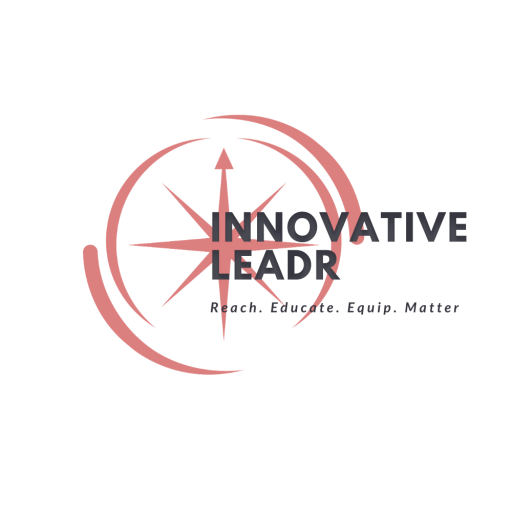I remember coming straight out of college, into my classroom. I still remember the distinct smell of the whiteboards, overheard projector, and freshly copied papers. The old library books were organized on my shelves {in no good order} and textbooks were laying on students’ desks.
On the first day I was more eager than my students. I anxiously anticipated their arrival. I helped them come into our class and get their supplies filed away. We did the typical beginning of the year relationship building and life was good; until it wasn’t.
I remember getting our first piece of data back from district baseline assessments. The feeling of excitement turned to fear when I saw how incredibly below grade level my students were performing. How was I ever going to get these students prepared for their 4th grade EOG? More importantly, how would I ever get them ready for what was to come next: life!
I taught my heart out. Every teacher does. We all have the best intent, but it wasn’t enough. My students grew because my core instruction was par for a first year teacher. Some of them passed, but most of them didn’t. I was heartbroken. Had my dying passion to save every kid that walked through my classroom drifted away too far out of reach?
I remember the night I decided that my only option to continue to learn how to meet students’ needs was to return to school. Sure, experience builds knowledge, but I didn’t have time because I had kids in my class, right now. Students that needed me to save them. Students in 4th grade that needed to be taught to read.
I enrolled in grad school and begin my journey as a lifetime learner. I enrolled in every professional development the district offered in order to better improve my instruction. It helped. Undeniably, my core instruction was getting stronger. I learned to successfully differentiate for my different levels of learners {by that I mean- below, on, and above grade level content} and more and more students began growing in my classroom and reaching grade level proficiency.
I remember my fourth year teaching. I had completed grad school and was feeling pretty well about the rigor of my core instruction. I remember having that same pit in my stomach as my first year teaching when my struggling learners took any kind of core assessment. While I was reaching many in my classroom, I still wasn’t reaching them ALL. Heartbroken, I had the same parent conference I had always had. Our dialogue went something like this: Your child {in 4th grade} still cannot read. We are working on all kinds of strategies here at school. Please make sure you are reading with them at home too. Parents, defeated, tear filled eyes, nodding their head, to comply. Something had to change.
I volunteered to be on this RtI committee, knowing nothing of the adventure this professional development would lead me on. Not realizing, the change that was about to take place in my classroom would forever change my instructional approach. I completed the PD and began training staff at my school. Trying to implement RtI in my classroom single handedly. Immediately I saw a difference. Only imagining what a difference this change may make if our whole school followed this same model. Over time, I was able to work in a school that was fully implementing RtI. We administered screeners, diagnosed deficits, and divided up intervention instruction appropriately.
I remember looking at my MOY data in awe. I had my first parent conference after successfully implementing RtI in our school. I’ll never forget the first bear hug I got from the parent that cried for a different reason. She cried not because she hurt for her child, but for the first time someone knew how to help her baby read. My heart filled with joy. The more gaps we closed, the hungrier I got for a deeper understanding of the RtI model.
With continued district support I filled my bucket with authentic, engaging, targeted strategies for core instruction, strategic interventions, and intensive instructional support. I had a power. A superpower. I could teach every student that walked into my classroom. I could make them feel successful. I could empower them to close gaps and reach for goals that once would have not been possible. RtI saved me. It saved my students.
